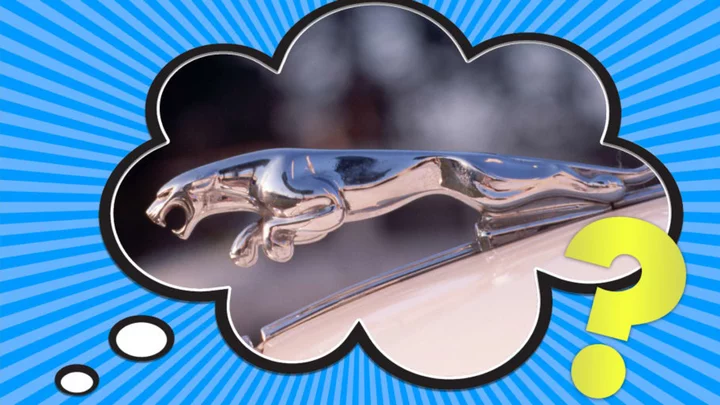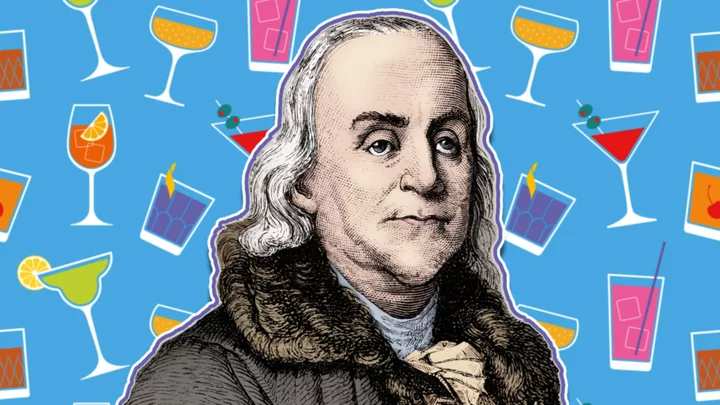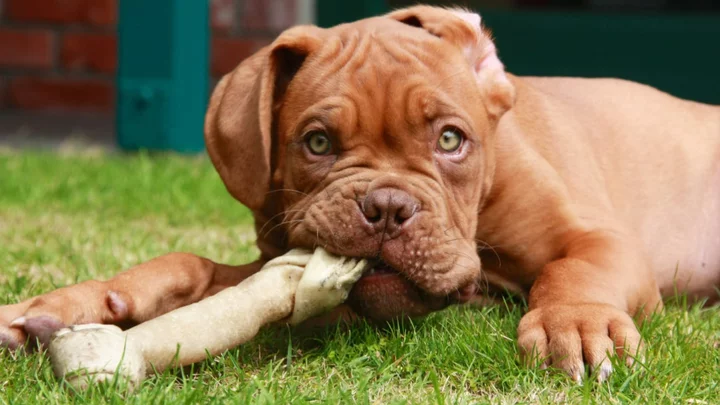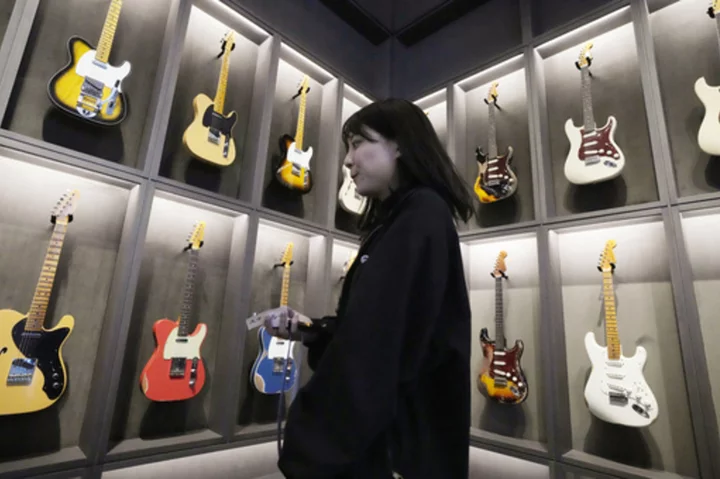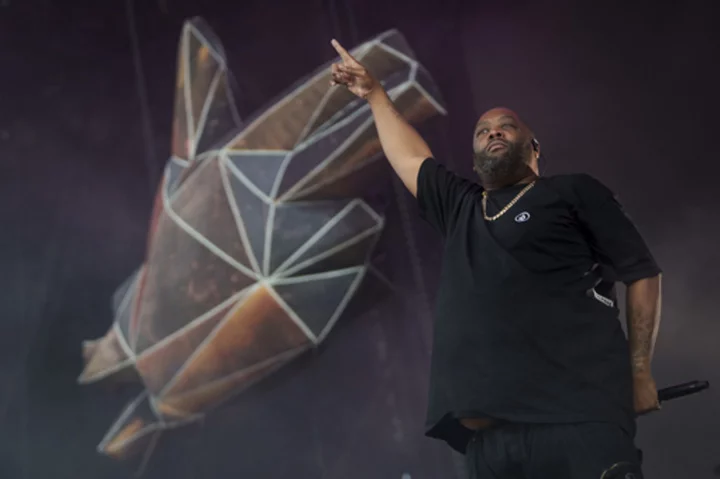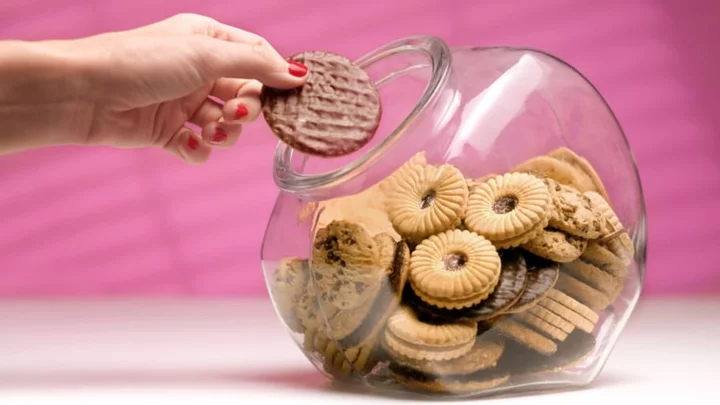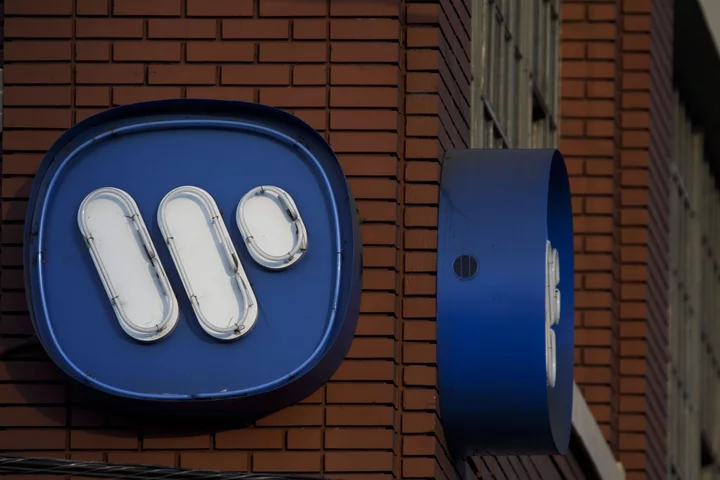There’s one common thread that connects every Rolls-Royce made since 1911. (And no, it’s not the exorbitant price tag.) It’s the Spirit of Ecstasy, the hood ornament that adorns every Rolls-Royce model to come off the assembly line. A graceful figure with arms outstretched like wings, the Spirit is a kind of calling card. The message: luxury lies within.
But the Rolls-Royce is an exception. Today, most vehicles are lacking any sort of hood ornament or decoration. So where did they all go?
The earliest models of automobiles from 1905 to the early 1930s had a prominent radiator cap on the front. These caps were equipped with MotoMeters, which told drivers if their radiator was getting too hot. To offset the somewhat unpleasant aesthetic of the cap, automakers disguised them with what they dubbed car mascots, which were meant to be attractive hood accessories made of brass or bronze with a chrome-plated finish.
Drivers weren’t limited to what automakers offered, either. They could opt for mascots like Mickey Mouse or Charlie Chaplin. Some owners even sought out glass ornaments by French artist René Lalique, whose eye-catching sculptures were the ultimate status symbol. Others carried a political message: In 1923, cars sported a “Keep Coolidge” emblem to show support for presidential incumbent Calvin Coolidge.
The trend persisted even as radiator caps moved under the hood. Carmakers took inspiration from mythological figures, animals, and their own logos to create the ornaments. The Spirit of Ecstasy was a familiar sight; so was Jaguar’s Leaper cat, Bugatti’s dancing elephant, and the flying B on a Bentley. Mercedes-Benz mounted their own logo: a three-pointed star.
To some, hood ornaments held an incredible amount of subtext. “’[It’s] certainly some kind of sex symbol, a symbol of virility,” sculptor Elizabeth Hansell told The New York Times in 1972. She also likened it to a kind of portable artistic expression. “Art objects should be out among the public, not just on museum walls,” she said.
But practicality was conspiring against the ornaments. As cars evolved and highways spread throughout the country, aerodynamics became an ongoing concern: a sleek hood might reduce drag. There were also consumer safety issues at play. If a car struck a pedestrian, that person might incur more injury as a result of a foreign object set to impale them. (No doubt more than a few luxury car owners also fretted about what a pedestrian would do to their ornament.)
The mascots experienced a brief resurgence in the 1970s, this time on springs so they’d have some give in the event of an accident. At least one automaker at Chrysler argued they even served a highly practical purpose, giving drivers a frame of reference to keep to the center of the road and better understand where the front fender was to avoid collisions.
But the infatuation was fleeting. Hood ornaments never really regained the popularity they had in the early 20th century, and automakers largely did away with them. That Mercedes-Benz star is now part of the grille. Only a few models, like the Rolls, maintain their luxury status without compromising safety by having the ornament retract into the hood when the engine is turned off.
Though the hood ornaments may now be a novelty, their place in automotive history is well preserved. Should you ever find yourself near the Chrysler Building in New York City, you can see that the corners of the 30th floor are adorned with versions of the company’s winged radiator caps from 1929.
Have you got a Big Question you'd like us to answer? If so, let us know by emailing us at bigquestions@mentalfloss.com.
This article was originally published on www.mentalfloss.com as Why Don’t Cars Have Hood Ornaments Anymore?.

